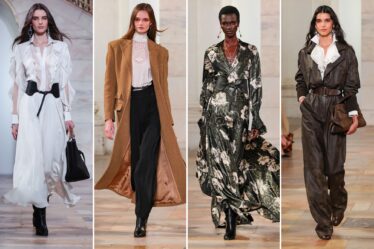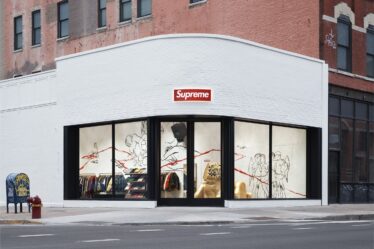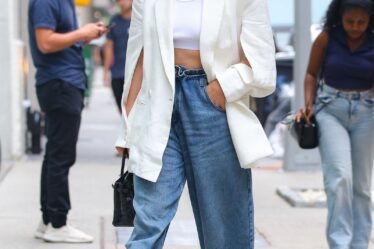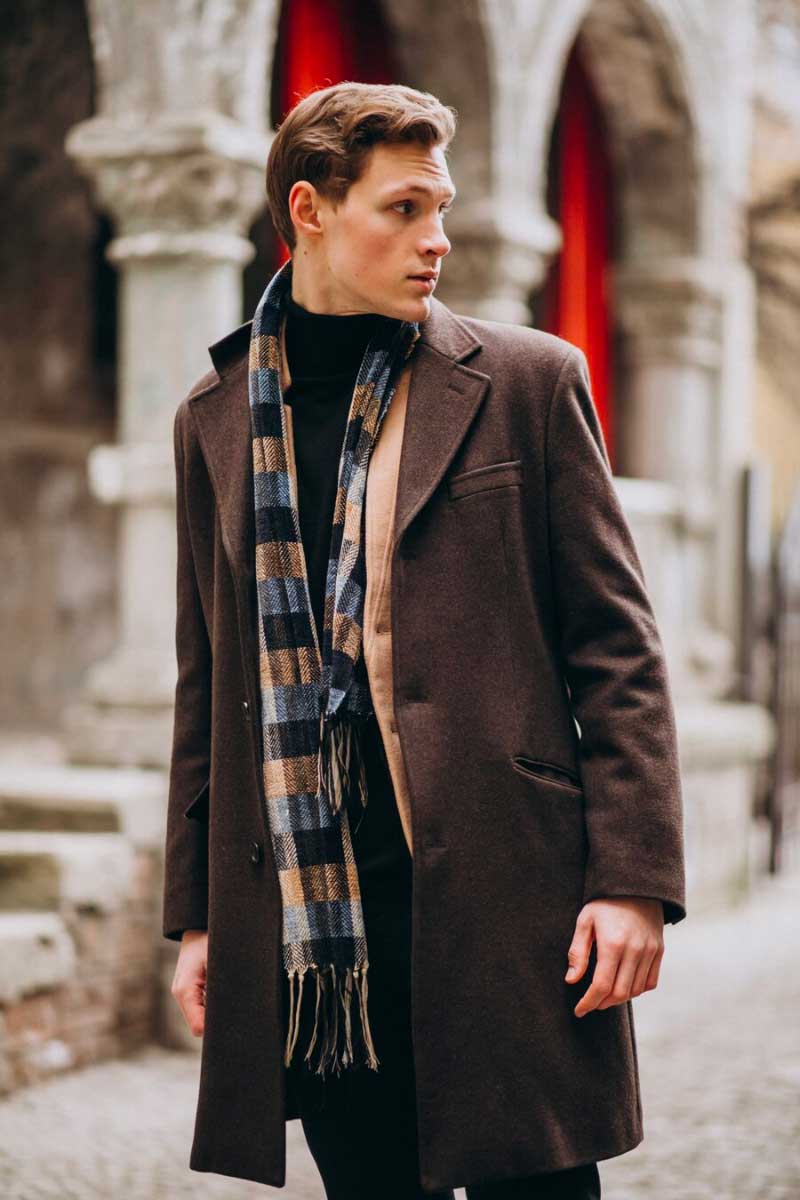
More and more companies are going for a less formal attire policy for the workplace called business casual so their employees can feel more relaxed. Business casual attire for men is a style that blends formal and casual dressing. It used to mean just ditching the tie, but now it’s more about smart and comfortable clothing that’s suitable for the office.
This style is less formal than a suit and tie but more polished than jeans and a t-shirt. This makes it a bit difficult to get right since there is a lot of middle ground. In this article, we will go over what it means and how you can dress for a business casual office setting.
1 – Jackets and blazers

Sport coats and blazers for men are not always required in a business casual setting, but they can elevate an outfit. The key is knowing when to wear them and how to choose the right one.
When to wear a jacket or blazer depends largely on the specific office environment and the occasion. For everyday office wear, a blazer can add a touch of professionalism to a simple shirt and trousers combination. For important meetings or events where you need to make a good impression, a well-chosen blazer can help you.
Look for colors that are versatile, like navy, gray, or black, which can pair easily with various shirt and trouser combinations. It’s also very important that the jacket fit you well. Grabbing one off the rack might be good for some people, but have it fitted at a tailor if you’re unsure if the cut is right for your body type.
2 – Fit and comfort


The foundation of looking good in business casual attire is the fit and comfort of your clothes. Ill-fitting clothing gives off the wrong impression whether it is formal or casual. Don’t mistake casual for sloppy.
Well-fitting clothing gives off an air of professionalism even when you are wearing casual business clothes. Clothes that fit well not only look better but also make you feel more comfortable.
Key areas to focus on include the length of trousers, the fit of shirts around the shoulders and waist, and the way a jacket or blazer sits on your body.
3 – Coordinate colors and patterns
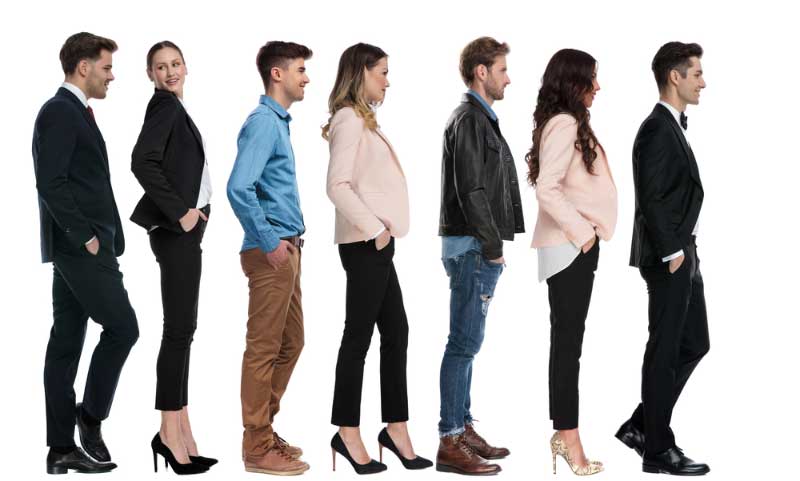

The right combination of colors and patterns can improve your appearance, making your outfit stand out in a professional way.
Try matching colors with a base of neutral colors such as navy, gray, or beige. These colors are easy to pair with since they are very versatile. You can add a splash of color to your outfit when you have a neutral base color. For instance, a light blue shirt can be paired with navy pants.
Choosing colors can also depend on the season or the business setting. Warmer tones like browns and dark reds are great for autumn and winter. Lighter shades work better in the summer months especially if they are pastels.


